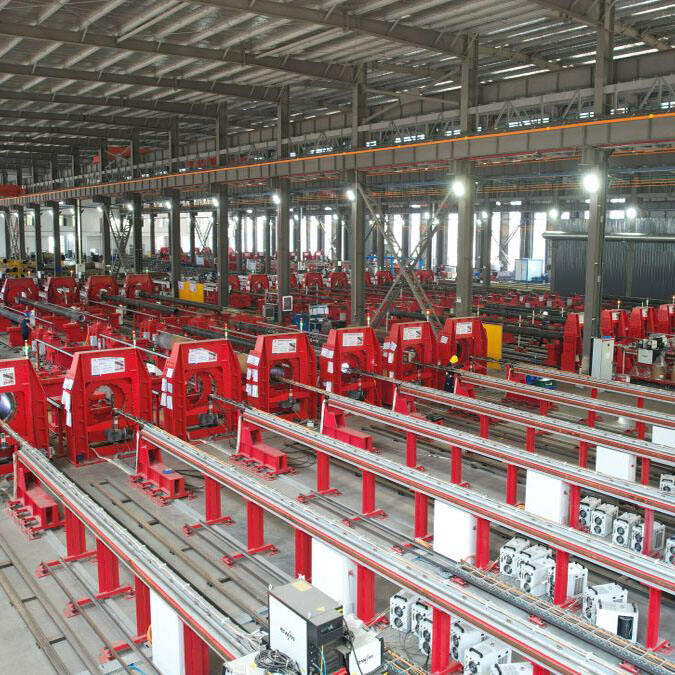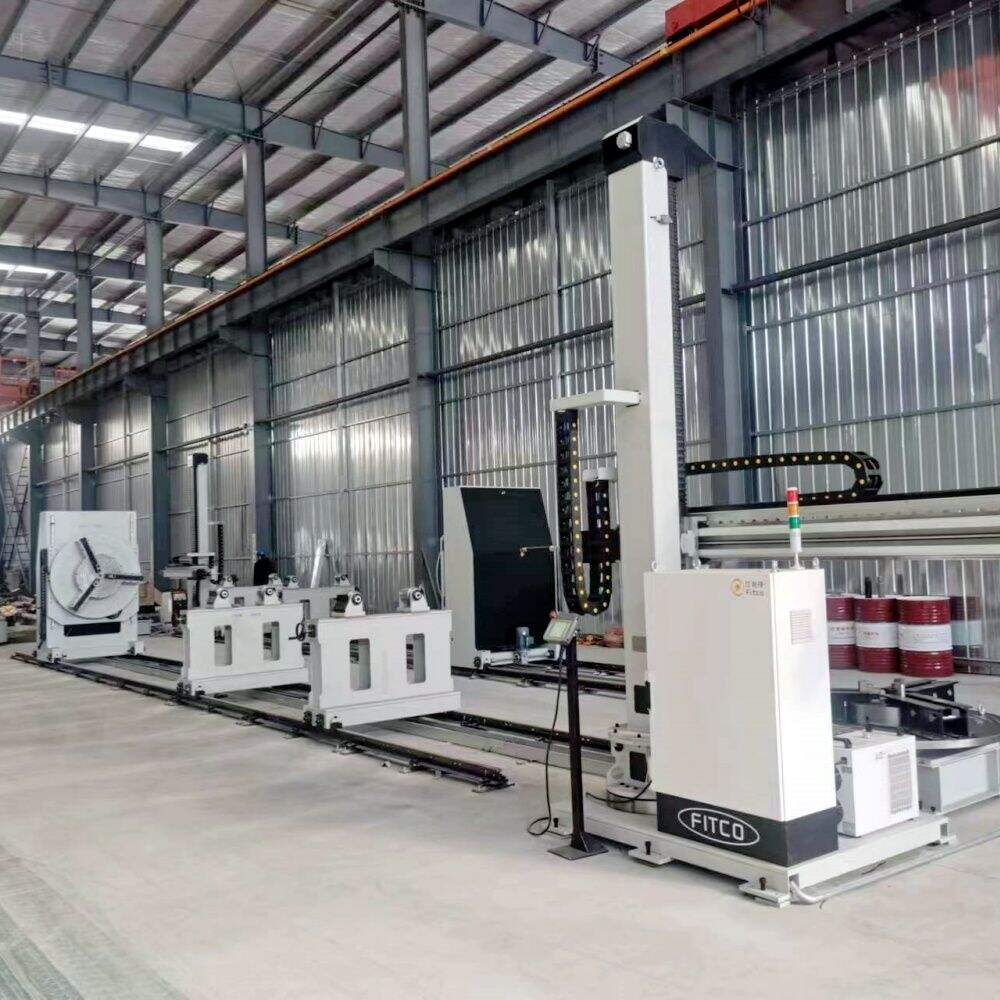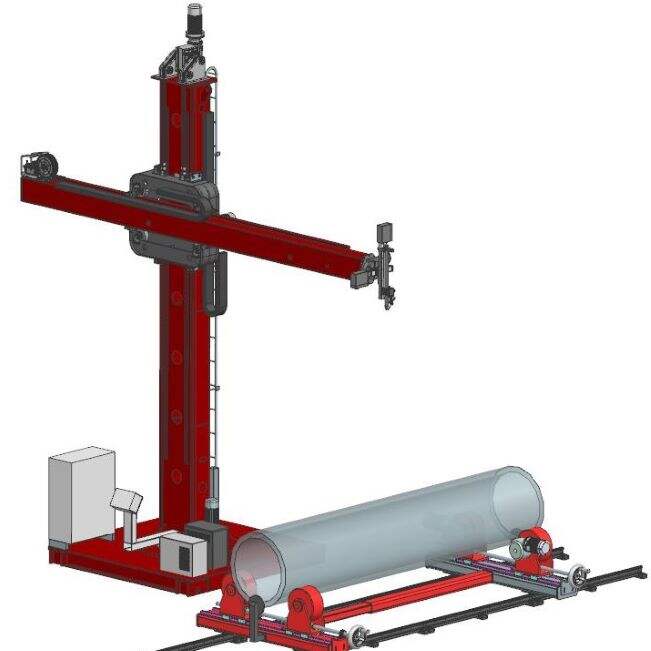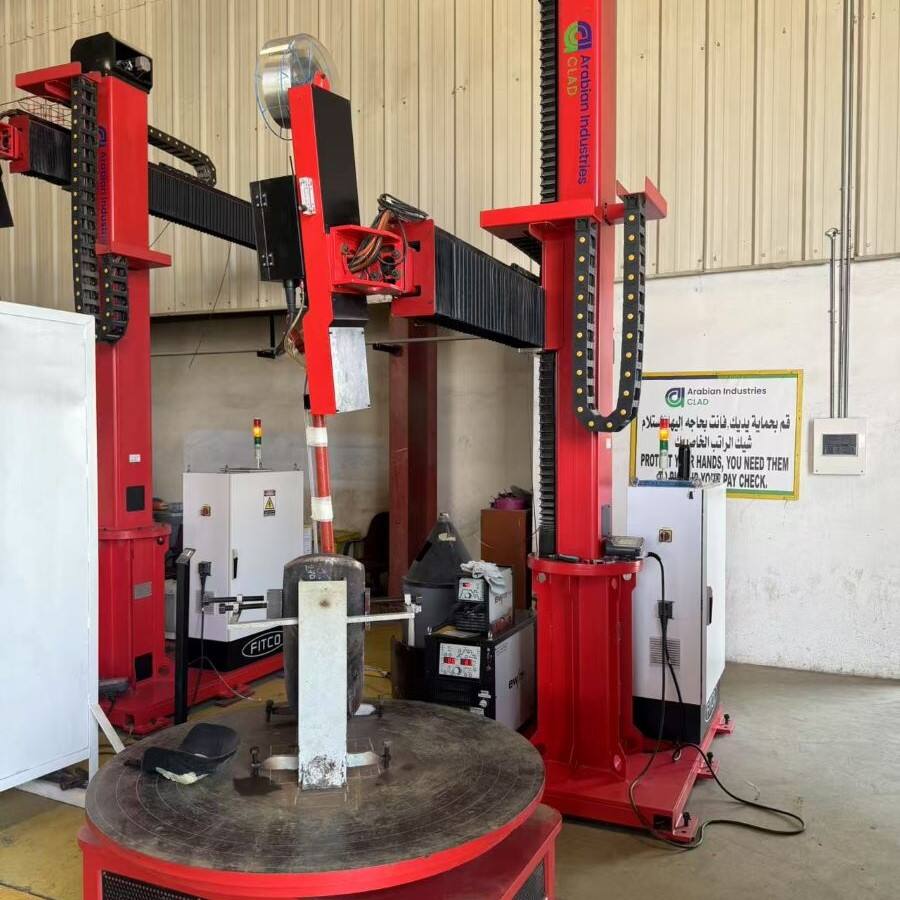china tig weld overlay cladding system
The China TIG weld overlay cladding system represents a cutting-edge solution in surface engineering technology, designed to enhance the durability and performance of industrial components. This advanced system utilizes Tungsten Inert Gas (TIG) welding technology to deposit high-quality corrosion-resistant or wear-resistant materials onto base metals. The process involves precisely controlling the deposition of specialized alloys to create a metallurgically bonded protective layer that significantly extends component life. The system incorporates sophisticated automation controls, ensuring consistent weld quality and precise overlay thickness. It features advanced digital interfaces for parameter control, real-time monitoring capabilities, and integrated cooling systems for optimal performance. The technology finds extensive applications across various industries, including oil and gas, petrochemical processing, power generation, and heavy machinery manufacturing. The system's versatility allows for the application of different cladding materials, including stainless steel, nickel-based alloys, and cobalt-based materials, making it suitable for diverse industrial requirements. With its high-precision capabilities, the system can handle complex geometries and varying component sizes while maintaining superior metallurgical properties and minimal dilution rates.

 EN
EN
 AR
AR BG
BG HR
HR CS
CS DA
DA NL
NL FI
FI FR
FR DE
DE EL
EL HI
HI IT
IT JA
JA KO
KO NO
NO PL
PL PT
PT RO
RO RU
RU ES
ES SV
SV TL
TL IW
IW ID
ID LT
LT UK
UK SQ
SQ HU
HU TH
TH TR
TR FA
FA AF
AF CY
CY MK
MK LA
LA MN
MN KK
KK UZ
UZ KY
KY








